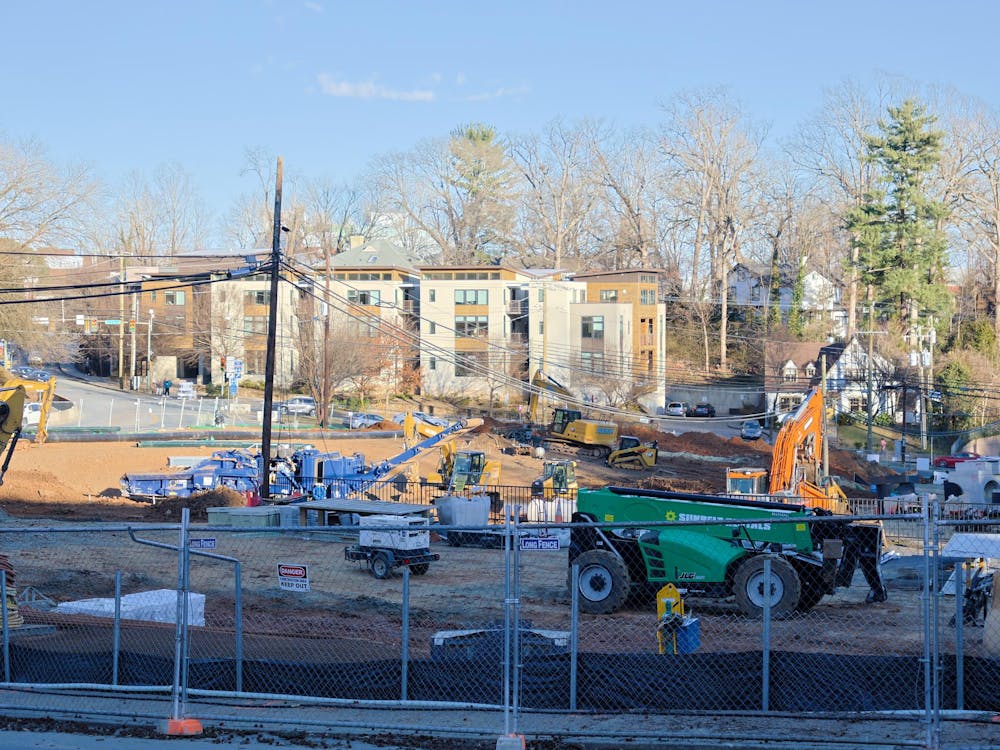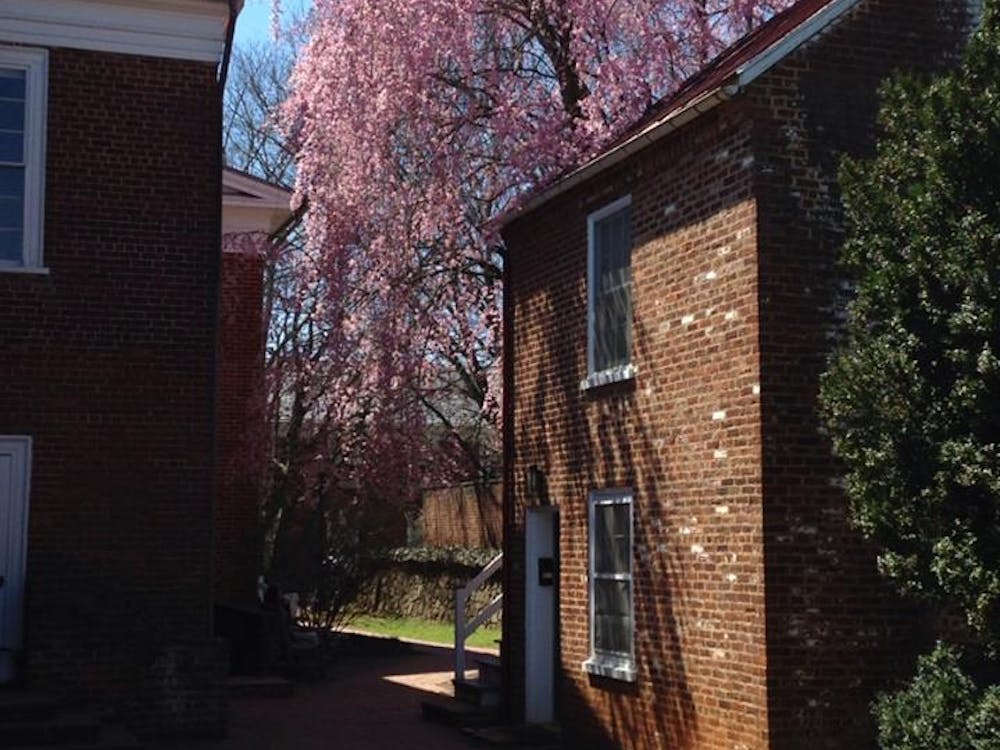RECENT community discussions and several articles about racial incidents at the University have suggested that many students don't know how the University responds, where to report incidents or where to turn for support. I am writing to let you know more about the current and planned systems for reporting racial and other bias-related incidents at U.Va. Historically, as incidents have come to the attention of the Office of the Dean of Students, or to the attention of other offices or the police who then notified ODOS, one of the deans has first responded to the individual(s) most affected: meeting with the student(s), thinking through health and safety needs, personal and emotional support needs, needs for academic accommodation and applicable reporting to police and/or University investigatory or adjudication body (EOP, UJC, etc.).
Then, the second consideration has been who else needs to know and how; this decision has usually been made in conjunction with the student, police, the vice president for student affairs,and other offices relevant in each case. In cases where there is an imminent potential threat of physical harm, there is a legal responsibility to let the student body know. In other cases this is a matter of discretion and what seems the best balance of individual and community needs.
The Commission on Diversity and Equity identified this as an area where the University could improve for two major reasons:
1) Current best practice in higher education suggests that having a more standard protocol, identified review body and reporting mechanism are preferable to an ad hoc, case-by-case approach.2) The historical approach dealt with major incidents but was accessed much less frequently for lower profile events. Because many of these have gone unreported, the real frequency of bias-related incidents in our community is unknown and often invisible to groups least affected. Men often see gender-related issues for women as fairly rare, and the same is true of whites for the experiences of students of color; the able-bodied for people with disabilities; straights for LGBT peers; Christians for Jews or Muslims, etc.
Consequently, a committee of University representatives from all of the areas that have and might provide a response in these cases was identified by President Casteen and asked to study other colleges and Universities and develop a new and improved mechanism here for: 1) responding more systematically and transparently to individual students; 2) identifying meaningful institutional responses; and 3) documenting the range and type of incidents. The committee will develop a draft report later this month and then seek additional student and faculty input, with the plan of having these new things in place for the fall of 2005.
In the interim, we have written about some incidents in Connections, the weekly e-mail sent out by the VPSA office, when that has been desirable by the student(s) involved and not a compromise to any ongoing investigation. We have also advertised there that until the new system is in place, students are encouraged to report bias-related incidents to the Office of the Dean of Students or the University Police. We hope that you will utilize this mechanism pending the new revisions and encourage others to do so as well.Some of the incidents reported fall in the category of potentially criminal behavior and can be investigated by the police. Some will not meet criminal standards, but may violate University policy (threatening or harassing behavior toward an individual student) and can be considered by the University Judiciary Committee.
Some will not be either criminal or violations of University policy, but will still be assaults on our sense of civility and community. These can be the basis for discussion, opinion pieces, etc., utilizing the power of speech, discourse, and educational initiatives. In some cases the responsible person(s) will be known and in many cases not, which can be frustrating and hard on us as a community.
As each of you think about ways to provide leadership and direction for this most complex set of issues facing us as a University, please know that we in the Office of the Dean of Students share your deep concern for these issues and aspire with you to make this a model university for racial understanding and genuine sense of community.
We welcome your ideas, suggestions and collaboration. Further, with African-American Affairs Dean Rick Turner's leadership, the Bias Incident Committee is working diligently to craft procedures that will represent a new level of responsiveness to be in place for the new academic year. When they are, we will need your help in educating everyone about their importance and how to use them, so you will hear more about this in the fall.
Shamim Sisson is the Senior Associate Dean of Students and Director of the Office of Student Life.






